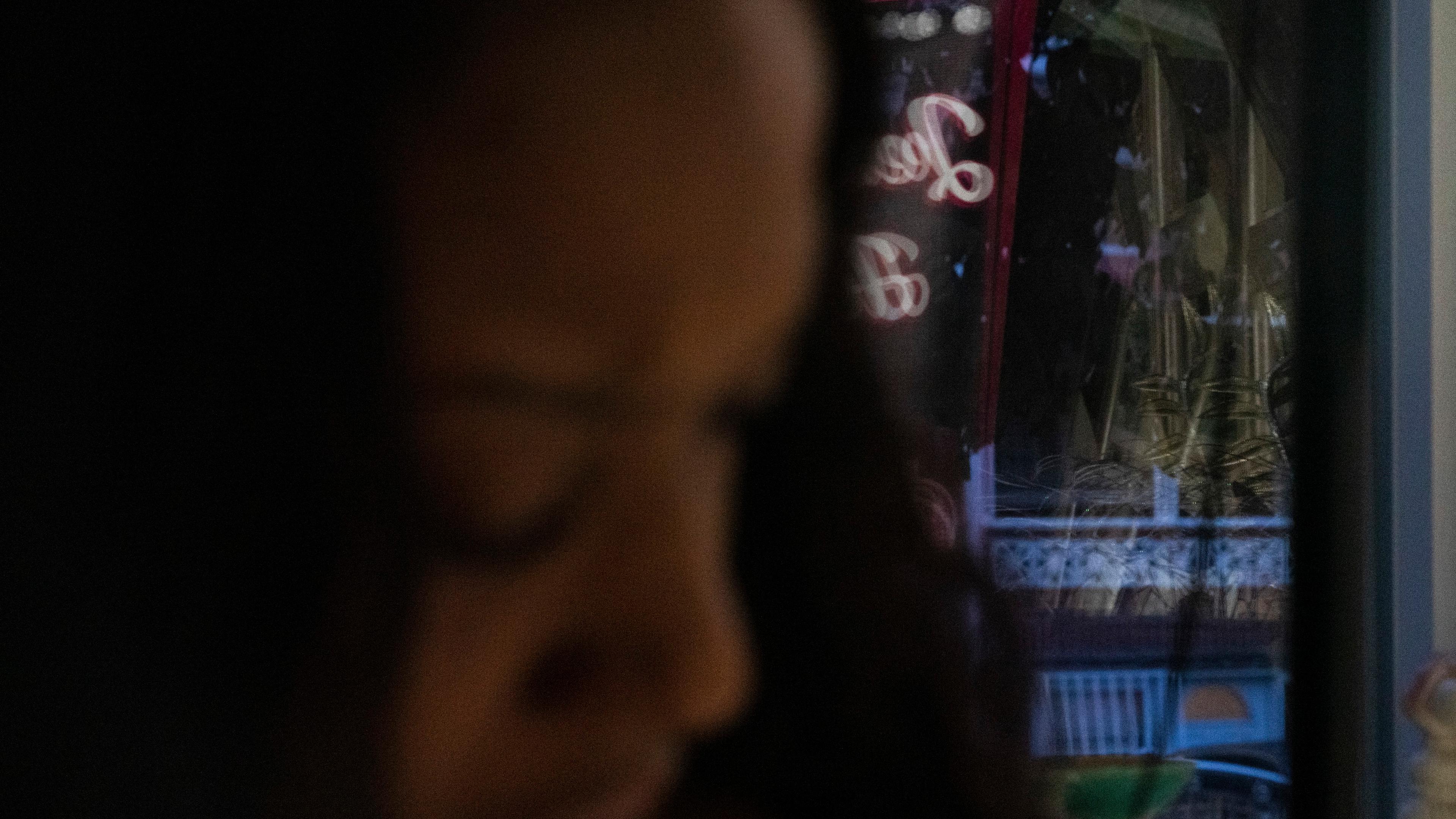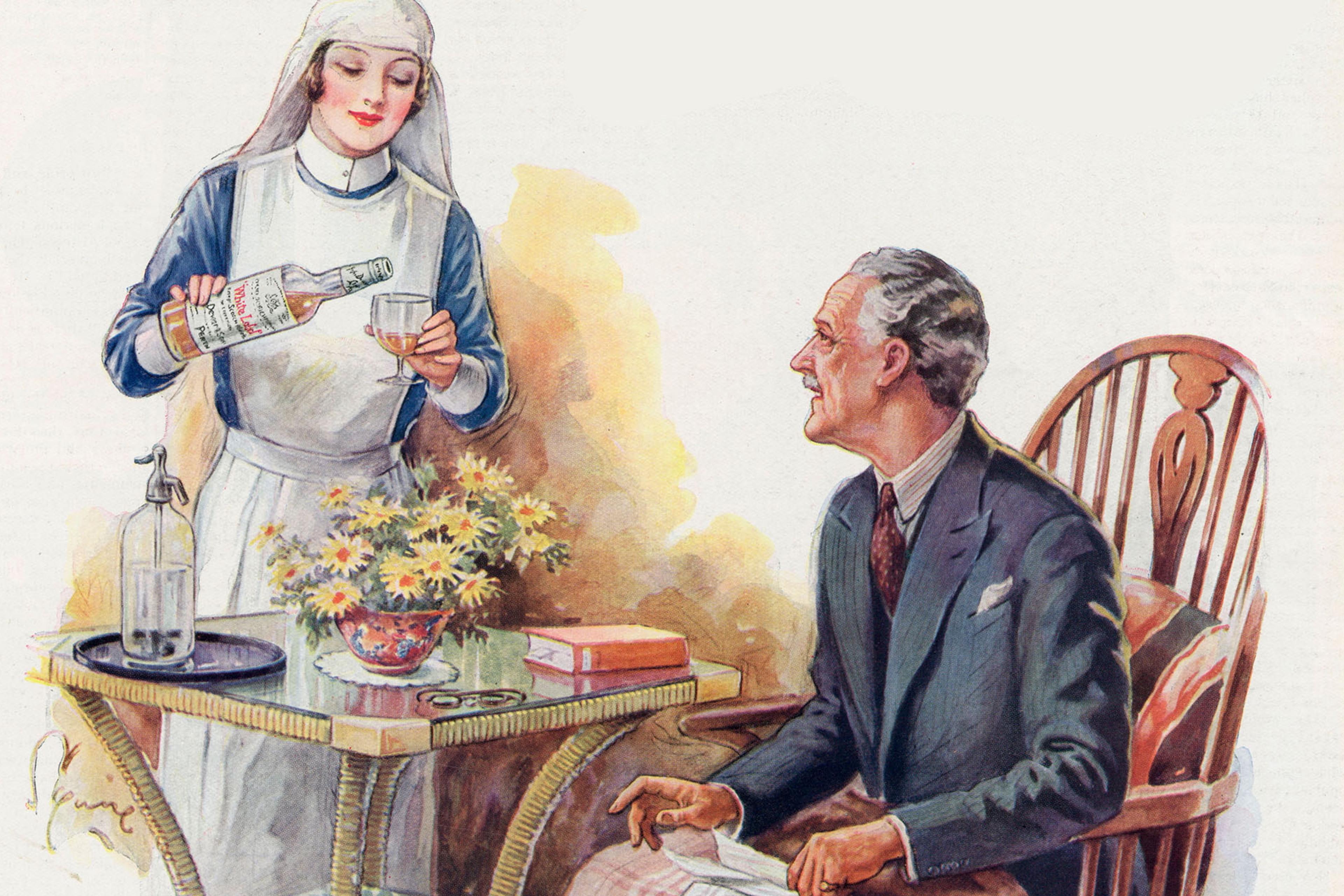Views on what a mental disorder is have changed radically in the past hundred years. For much of the 20th century, psychiatrists under the spell of psychoanalysis interpreted the symptoms of mental illness as clues to patients’ unconscious internal conflicts, not as indicators of specific diseases. Accordingly, the aim of therapy was to identify and resolve these conflicts. All that changed in the 1960s and ’70s: like so many other Establishment institutions, psychiatry came under attack, even from within its own ranks, with critics challenging the reliability of psychiatric diagnosis and even the very concept of ‘mental illness’.
As the reputation of psychiatry reached its nadir, a group of research-oriented psychiatrists sought to restore the credibility of their profession. These self-described ‘neo-Kraepelinians’ revived the descriptive tradition championed by the psychiatrist Emil Kraepelin, who believed that careful observation of the signs, symptoms and course of mental illness had to provide the basis for reliable diagnosis. This, in turn, could guide speculation about aetiology and treatment development. This perspective informed a pivotal revision of psychiatry’s ‘bible’, the Diagnostic and Statistical Manual of Mental Disorders (DSM). The DSM-III (1980) and subsequent editions, which reflected the aim of objective and reliable diagnostic criteria for each category of mental disorder, galvanised research on the prevalence, mechanisms and treatment of mental illness.
Despite these advances, the limitations of this now-dominant framework for understanding mental illness have become increasingly apparent in recent years. The difficulty scientists have had finding biological markers of the mental disorders listed in the DSM prompted a former head of the US National Institute of Mental Health to wonder whether our diagnostic categories were nothing more than reified labels, not genuine disease entities. Perhaps an implicit assumption of many neo-Kraepelinians – that a cluster of signs and symptoms associated with a diagnostic category reflects a common underlying cause, akin to a malignant tumour or bacterial infection – was incorrect. Another source of concern is the frequent co-occurrence of supposedly distinct mental disorders. Does a person who meets criteria for panic disorder, major depression and social anxiety disorder really suffer from three discrete conditions, similar to someone with pancreatic cancer, AIDS and COVID-19? For the latter conditions, scientists have discovered distinct aetiologies that are confirmable by X-rays, cultures, biopsies and other tests. This is not the case with mental disorders as they are currently defined.
A novel perspective on psychopathology promises to help solve the problems vexing the neo-Kraepelinian paradigm. This is the network perspective, pioneered by the Dutch psychometrician Denny Borsboom and his colleagues. Borsboom was inspired by contemporary theorising about intelligence – specifically, how it might emerge from the interactions of multiple cognitive subsystems. According to the network perspective he and others have developed, a psychiatric disorder, such as major depression, is itself an emergent phenomenon. It arises from a network of interactions among its constituent elements (eg, sleep, mood and energy).
For an example of how this could work, consider someone who has experienced a stressor at work, and now has difficulty falling asleep. Fatigue will likely occur the following day. Fatigue, in turn, can impair attention to tasks at work and increase irritability. Subsequent conflicts with coworkers can lower mood, exacerbate other symptoms and activate additional ones (such as hopelessness). Causal interactions among these symptomatic elements can reinforce one another, establishing the state we call depression. Hence, unlike a bacterial infection or malignant tumour, depression is not the underlying cause of symptoms. Rather, depression designates the system that emerges from these causal interactions.
The network perspective on psychopathology has stimulated an immense amount of research in recent years. For example, Angélique Cramer, Borsboom and their colleagues illustrated how the network approach addresses the comorbidity problem. The frequent co-occurrence of depression and generalised anxiety disorder, for example, may arise as a predictable consequence of the shared symptoms of two partially overlapping syndromic clusters. Moreover, by redirecting attention away from the idea of underlying disease entities and toward symptoms and their interactions, the network approach obviates the bootless search for biomarkers of each disorder. Our aetiological focus can instead be directed to how environmental stressors (eg, bereavement) and internal stressors (eg, viral infection) activate symptoms, and how activation spreads among symptoms, initiating an episode of psychopathology.
To better understand the systems that give rise to mental illness, network analytic researchers break them down into components. Capitalising on major computational and statistical advances, researchers produce graphs that depict psychiatric syndromes as networks comprising circles (nodes) connected by lines (edges). In most psychopathology networks, nodes represent symptoms, and an edge connecting a pair of symptoms signifies an association between them. The thickness of an edge represents the magnitude of the association, interpretable as the probability of the two symptoms co-occurring. For example, in networks depicting post-traumatic stress disorder, a thick edge often connects the nodes that represent exaggerated startle response and hypervigilance for threat – these symptoms frequently appear together. Most network studies involve the analysis of signs and symptoms of psychiatric disorders culled from assessments of many people at a single point in time. These networks provide a snapshot of relations among symptoms at the group level.
However, a correlational link does not confirm a causal one. The mere fact that symptom A coincides with symptom B does not mean that symptom A causes symptom B or vice versa. It is also possible that they both influence each other, or that another factor leads to the association between them – akin to how high ambient temperatures can explain a correlation between ice cream consumption and deaths by drowning.
To better understand the true cause-and-effect relations between symptoms, investigators use some additional analytic techniques. One approach is to computationally estimate what’s called a Gaussian graphical model (GGM), in which edges signify the associations between pairs of nodes after adjusting for the influence of all other nodes in the network. This helps clarify the direct associations between specific symptoms. But the edges still do not indicate the direction of influence (eg, whether hypervigilance increases the likelihood of exaggerated startle responses, or vice versa, or both). A complementary approach involves the computation of a directed acyclic graph (DAG). In a DAG, each edge has an arrowhead signifying how likely it is that one node (symptom) predicts the presence of another: eg, node A → node B. Although this kind of link does not in itself confirm that node B is caused by node A, it means that the presence of the ‘descendant’ node B implies the presence of the ‘parent’ node A more strongly than vice versa.
Just as the mean and the median provide two complementary perspectives on the central tendency in a dataset, so do these approaches provide two complementary perspectives on the relations among symptoms in a large group of patients. That is, they provide a first step toward characterising psychopathology as a phenomenon that emerges from the interactions among symptoms.
Using network analytic methods, my colleagues and I recently explored the structure of relations among depressive and manic symptoms in several hundred patients with bipolar disorder prior to their enrolment in a clinical trial. Although unipolar major depressive disorder has been a focus of network psychopathology researchers, bipolar disorder has scarcely been addressed. Trained interviewers used a standardised method for assessing the presence and severity of symptoms, and we used these data to estimate GGMs and DAGs. For the GGMs, we identified the most central nodes – that is, the symptoms most interconnected with other symptoms in the network. According to one interpretation, the onset of a highly central symptom is especially likely to activate other symptoms, thereby increasing the likelihood of an episode of disorder. Similarly, ‘parent’ nodes in a DAG might be especially problematic.
As we often see in network analytic studies, the graphs confirmed established findings, such as the finding that persistent depressed mood and pessimism about one’s future are linked to suicidal ideation and behaviour. But network analysis can also disclose novel findings that provide new insights. For example, our networks converged in depicting bipolar disorder primarily as a disorder of energy regulation rather than as a disorder of mood, which is how it’s classified in the DSM. That is, people with bipolar disorder too often experience either far too much or far too little energy for everyday functioning, and this regulatory dysfunction appears to be central to the syndrome.
In our analysis, experiencing low energy was the most central symptom in a cluster of depressive symptoms (it coincided frequently with the other symptoms), whereas elevated energy was the most central symptom among mania symptoms. Likewise, the presence of other ‘descendant’ symptoms strongly implied the presence of low and high energy as ‘parents’ in the depression and mania clusters, respectively. Someone with bipolar disorder whose energy level is markedly and persistently diminished appears prone to develop other symptoms such as depressed mood, anhedonia, pessimism and suicidality. Conversely, someone whose energy level is markedly and persistently elevated appears prone to exhibit euphoria, hyperactivity and reckless behaviour.
Taken together, these findings suggest that monitoring fluctuations in energy might be at least as important as monitoring mood in the clinical management of bipolar disorder. By tracking the magnitude and fluctuations of energy of these patients, clinicians may be able to intervene with behavioural, lifestyle and pharmacologic interventions that bring energy levels within normal limits before patients spiral downward (or upward) symptomatically. The network analytic approach has also identified nodes central to other conditions, such as fear of weight gain in eating disorders, loneliness in complicated grief, and self-criticism in rumination.
Accelerating computational and statistical developments are driving increasingly sophisticated innovations. These include dynamic networks that enable the visualisation of how symptoms interact over time, culminating in an episode of disorder. Network psychopathologists have developed methods whereby individual patients are pinged on their smartphones multiple times per day to rate their symptoms in the moment. In the spirit of precision medicine, such intensive time-series networks might enable clinicians to tailor interventions to target the symptoms that figure prominently in the maintenance of an episode of mental disorder, such as boosting energy in bipolar depression or reducing loneliness in people who have lost a loved one. Indeed, clinical psychologists, psychiatrists and clinical social workers are practical people, and the ultimate value of the network approach will rest on its ability to facilitate the prevention and treatment of psychological suffering.








